- Home
- entertainment
- news
- Photos show how New York Fashion Week has changed throughout the years
Photos show how New York Fashion Week has changed throughout the years
Gabi Stevenson

- New York Fashion Week events ran from September 7 to September 14 this year.
- The idea for the event was developed in the 1940s and gained popularity throughout the 20th century.
The concept for New York Fashion Week was developed in the 1940s.
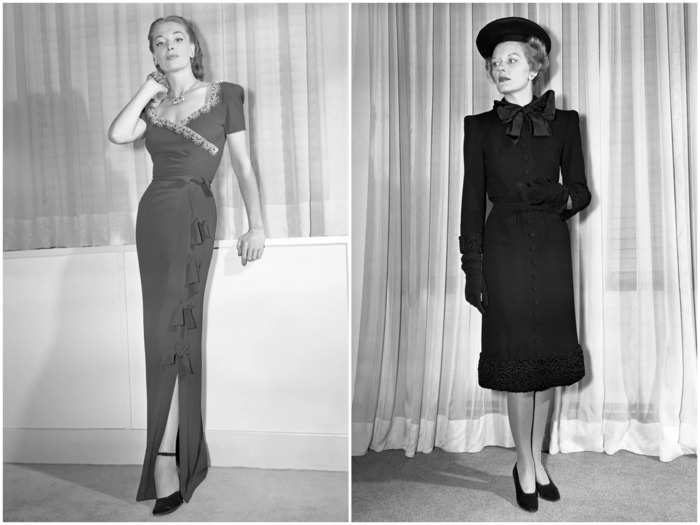
Publicist and fashion world legend Eleanor Lambert is credited as the founder of New York Fashion Week, although it didn't look the way it does now.
Lambert, who also founded the Met Gala, the Council of Fashion Designers of America, and the International Best Dressed List, came up with the idea for a New York-based fashion event out of necessity.
According to Slate, the start of World War II in 1939 prevented buyers, editors, and designers from traveling to German-occupied Paris, despite the fact that it was the fashion capital of the world at the time. Lambert took the opportunity to draw eyes to New York City, where she held "Press Week."
The first Press Week took place in 1943 at the Plaza Hotel, per British Vogue. In 1945, businesswoman Ruth Finley founded and published "The Fashion Calendar," a significant resource for scheduling and managing fashion events in the city.
Members of the press flocked to American runways to see the daringly feminine fashion of the 1950s.
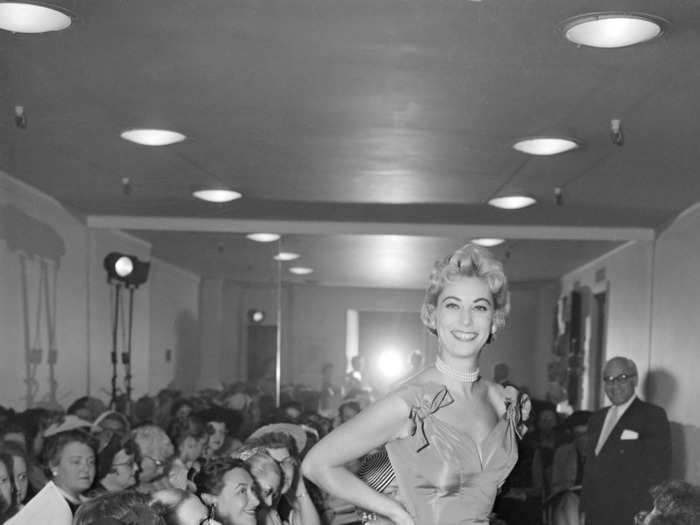
After Paris was liberated in August 1944, French designers were eager to reclaim their status as global leaders of style, according to the Library of Congress. Christian Dior's "New Look" silhouette became hugely popular in the US and paved the way for the slimmer, more feminine cuts that defined women's fashion in the 1950s.
According to British Vogue, earl Press Week shows were held in one location for journalists, while buyers had to schedule visits to designer showrooms. As decades passed, designers began to spread out to other venues, including department stores, galleries, and nightclubs.
Press Week gained popularity with the stars through the 1960s and 1970s, giving way to experimental new styles.
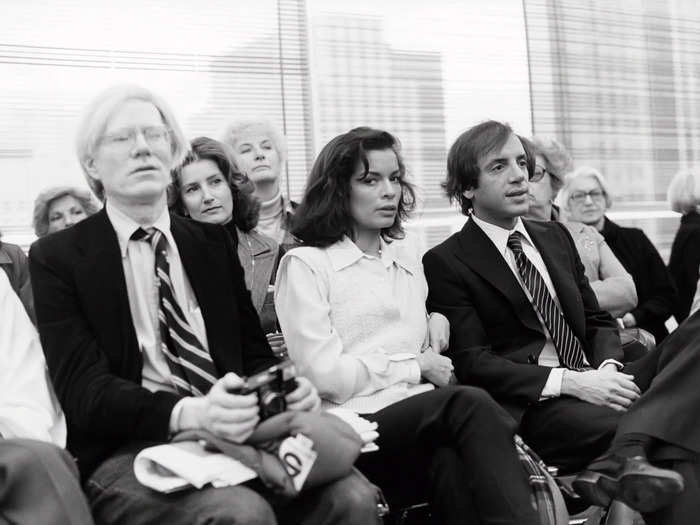
By the 1970s, Press Week was no longer for the press — celebrities attended too. American designer Roy Halston Frowick, known simply as Halston, was known for his star-studded shows where celebrities like Liza Minnelli, Andy Warhol, and Bianca Jagger sat in the front row.
A number of different styles became popular throughout the decade, per the Fashion Institute of Technology. From sparkling disco ensembles to prairie dresses and hippie styles, it was a period when designers "explored fashion, but also looked back" with bolder colors and patterns, according to the institute.
In the 1980s, bigger and brighter was better when it came to runway fashion.
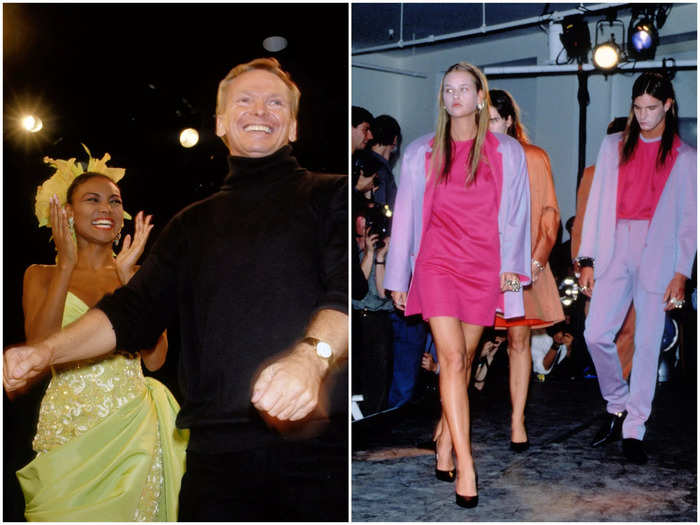
Iconic fashion designer and costumier Bob Mackie worked with some of the most fashion-forward names of the 1980s — like Cher, Diana Ross, Elton John, and Tina Turner — so it's unsurprising that his runway shows were full of embellishment and excess.
In a 1987 issue of Newsday, United Press International writer Melissa Sones expressed excitement for designer Stephen Sprouse's upcoming show, noting his use of "fluorescent colors and graffiti patterns." Photos from the era show he used several bright colors at once for one of his presentations.
The early 90s proved to be a challenging era in New York Fashion Week history.
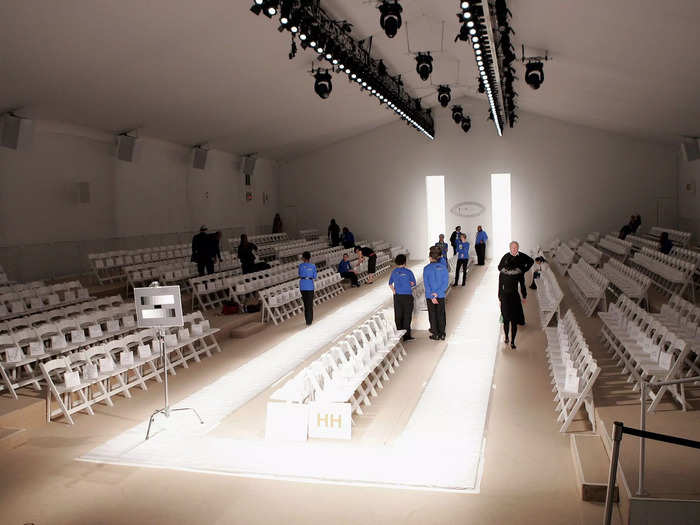
By the beginning of the 1990s, designers were organizing and arranging their own spaces, which sometimes led to inadequacies in safety. According to British Vogue, members of the press began to gripe about their working conditions, citing incidents of electrical outages and dysfunctional elevators.
The CFDA made changes to the logistics of Fashion Week after a piece of plaster fell from the ceiling at a Michael Kors presentation in 1991, British Vogue reports. Shows were moved back to a central location — two large, white tents in Bryant Park — and branded "7th on Sixth" in 1993.
According to Racked, this was also the period when the event started to be referred to as New York Fashion Week.
NYFW hit a stride in the late 1990s and early 2000s with the rise of supermodels and street-style photography.
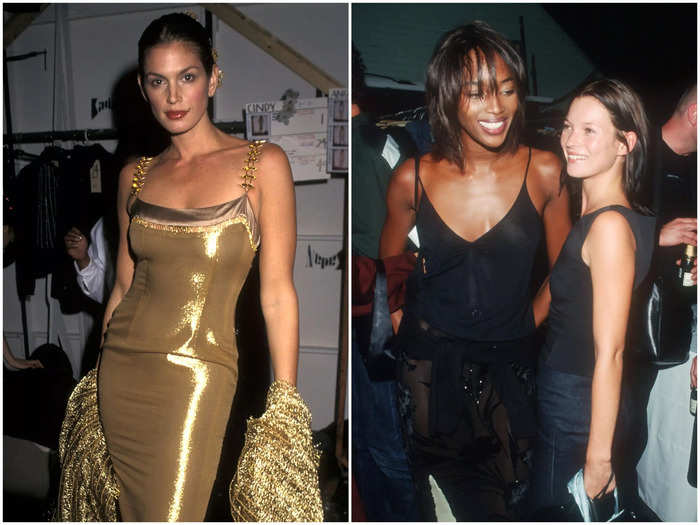
Although the term "supermodel" was used in the 1980s, it was truly defined by the fashion icons of the 1990s. Models like Cindy Crawford, Naomi Campbell, Kate Moss, and Christy Turlington quickly became "the model equivalent of a superstar," landing movie roles and magazine covers while they walked the runways, per Google Arts and Culture.
Outside the shows, models and industry insiders were photographed as they arrived at events. People like Bill Cunningham, the iconic photographer known for his bicycle and blue coat, highlighted fashion as a personal expression while he took pictures of people around the city.
However, the art form changed as NYFW expanded. Brent Luvaas, an academic who specializes in the connection between anthropology and street style, told the Guardian in 2014 that capturing street style changed "when they started photographing people outside shows instead of real people on the street."
"Street style used to be about documenting real fashion – it was meant to be alternative to magazine fashion," he told the outlet in 2014. "But then it started to require shooting the kinds of people the readers of fashion publications were interested in, and that turned out to be more the insiders than everyday people."
In the 2000s, New York Fashion Week started gaining more momentum and attention.
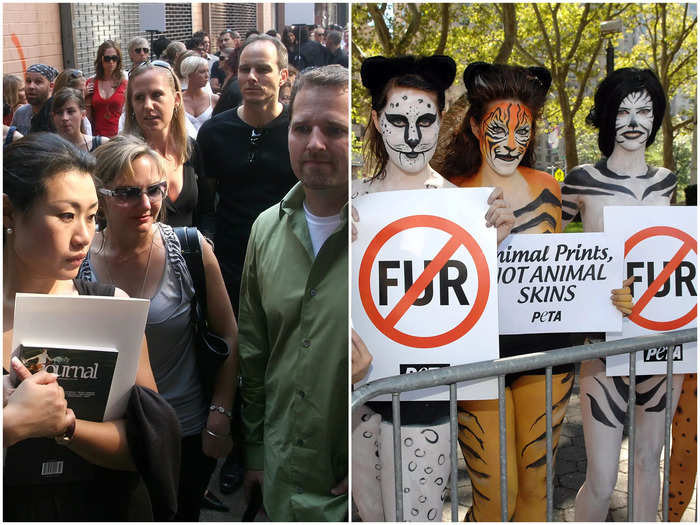
Crowds continued to grow outside fashion shows, but some attendees had other things in mind. In 2010, protestors from PETA painted their faces and bodies to look like animals and rallied across from Lincoln Center. They held signs with statements like, "Animal Prints, Not Animal Skins" in opposition to the fur, leather, and exotic-skins industries.
Fashion Week also gained traction in pop culture in the 2000s. Shows like "Sex and the City" and "Gossip Girl" dedicated whole episodes to the happenings at the event, putting stylish characters on the front row at (often fictional) presentations.
British Vogue writes that by 2010, the NYFW schedule expanded to nearly 300 shows.

Thanks to NYFW's brief move to the Lincoln Center from 2010 to 2015, the massive fashion event got tons of buzz. Some designers still held shows in other locations, like in 2012 when Thom Browne presented his collection at the New York Public Library.
However, not everyone thought the move to the venue was a good one. Former CFDA executive director Fern Mallis told Racked that she thought the event got too big to maintain its original mission — bringing designs to buyers and press. She said that Fashion Week needed to return to its roots and "give designers a platform, make it easy for people to see collections, and generate as much business as possible."
The annual fashion event came to a halt due to the coronavirus pandemic in 2020.
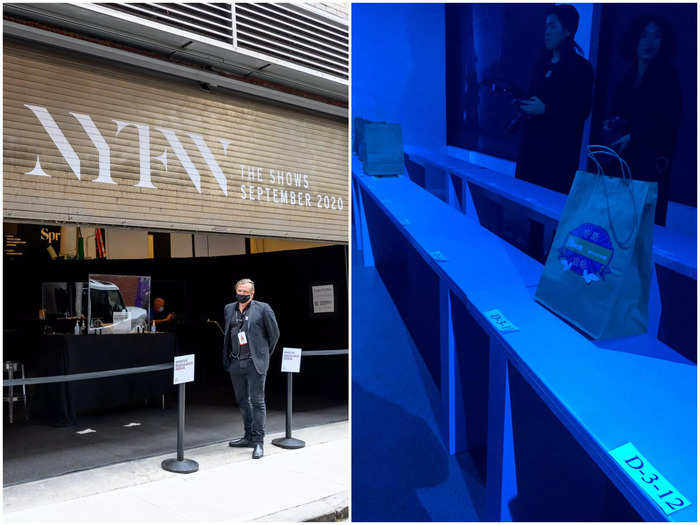
The fallout from the pandemic changed how New York Fashion Week operated in 2020. The New York state governor's office allowed the September shows to take place, but capacity was capped at 5o people for outdoor shows and 50 percent for indoor shows.
No spectators were allowed, so many designers resorted to live streaming their shows.
The Associated Press reported that NYFW became more about economic survival that year than anything else.
"Ultimately fashion is a business, and Fashion Week is a platform for designers to do business," CFDA CEO Steven Kolb told the AP. "So this is about jobs ... it's about people's livelihoods. It's about moving forward, but cautiously, with safety in mind."
In 2022, celebrities and influencers stepped out in statement looks that created social media buzz at NYFW.

In recent years, social media has brought new life to street-style photography, with influencers flocking to the Big Apple to capture content for their followers.
Influencers now mingle in the same spaces as celebrities, models, and editors at New York Fashion Week, allowing them to give their followers unprecedented access to exclusive events.
Bold makeup and outfits, like the ones worn by vlogger Aimee Song and rapper Doja Cat this year, have the potential to go viral, making it more important than ever for fashionistas to bring their best looks to the streets of New York.
Popular Right Now
Popular Keywords
Advertisement